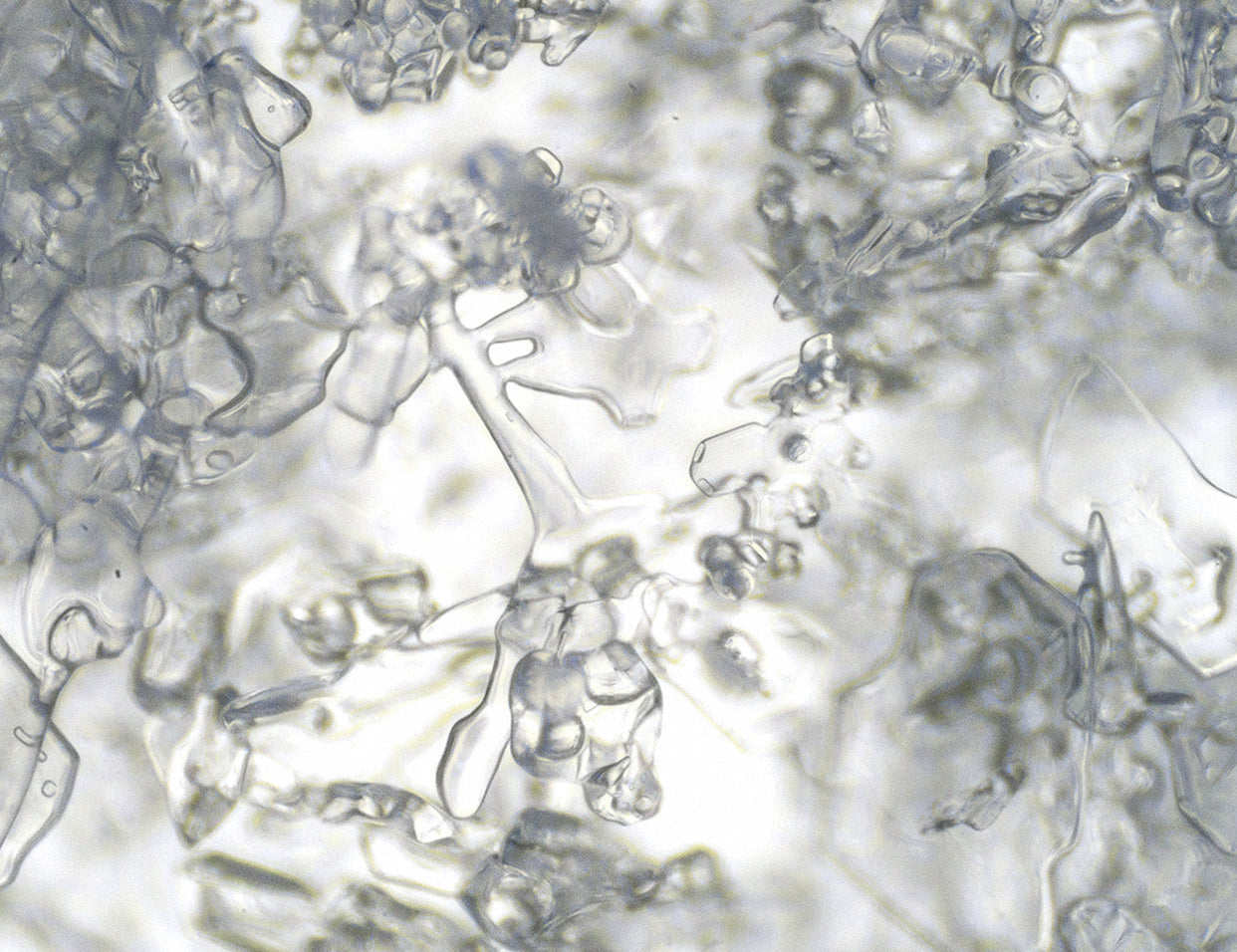Mandelic acid is one ingredient that I’ve always appreciated for being gentle on sensitive skin while still helping with acne, pigmentation, and dullness. It’s not the flashiest acid out there, but it’s incredibly dependable and often the key to getting people comfortable with chemical exfoliation." – Dr. Sam Ellis
What is Mandelic Acid?
Mandelic acid is an alpha-hydroxy acid (AHA) derived from bitter almonds. Its larger molecular size, compared to glycolic acid, means it penetrates the skin more gradually, reducing the risk of irritation. This makes it especially suitable for sensitive skin while still delivering effective exfoliation. Mandelic acid helps improve skin tone, reduce hyperpigmentation, and refine texture. It also supports skin barrier integrity, making it an excellent choice for those new to chemical exfoliation. In addition, it has antibacterial properties, which can benefit both acne-prone and aging skin.
Mandelic Acid Benefits for Skin:
-
Gentle exfoliation: Removes dead skin cells to promote smoother, brighter skin with minimal irritation.
-
Reduces hyperpigmentation: Helps fade dark spots, post-inflammatory hyperpigmentation, and melasma.
-
Improves acne and congestion: Its antibacterial properties make it effective in targeting breakouts and clogged pores.
-
Evens skin tone: Refines texture and promotes a more uniform complexion.
-
Anti-aging: Encourages collagen production, reducing the appearance of fine lines and wrinkles.
-
Safe for sensitive skin: Its slow penetration makes it less likely to cause redness or discomfort.
What Type of Skincare Products Is Mandelic Acid Typically Used In?
Mandelic acid is commonly formulated into:
-
Serums: Lightweight, water-based products for targeted treatment of uneven skin tone and acne.
-
Exfoliating toners: Mild solutions that can be used daily or several times a week.
-
Cleansers: Rinse-off options that are ideal for beginners or sensitive skin.
-
Peels and Masks: Higher concentrations used periodically for deeper exfoliation and brightening.
You’ll want to look for products like Prequel's Multi-Acid Milk AHA Peel that focus on exfoliation—while formulating with ingredients like squalane to maintain hydration.
Concentration Levels for Mandelic Acid:
-
Low concentration (5-10%): Ideal for beginners or those with sensitive skin, offering gentle exfoliation and brightening.
-
Moderate concentration (10-20%): Provides more noticeable results for uneven tone, mild acne, and texture concerns.
-
High concentration (20-30%): Found in professional treatments or peels to target hyperpigmentation and deeper exfoliation.
Its larger molecular size reduces irritation, even at higher concentrations, making it more tolerable for a broader range of skin types.
Is It Okay to Use Mandelic Acid Daily?
Yes, mandelic acid is one of the few AHAs suitable for daily use, especially in lower concentrations (5-10%). Because it absorbs slowly, it’s less irritating than smaller AHAs like glycolic acid.
For those new to mandelic acid or with highly sensitive skin, start by using it 2-3 times a week and gradually increase frequency as your skin builds tolerance. Always wear sunscreen during the day, as AHAs can increase photosensitivity.
Who Should Use Mandelic Acid?
Mandelic acid is a great choice for those who find stronger acids, like glycolic or salicylic acid, too harsh.
It can support:
-
Individuals with sensitive skin seeking gentle exfoliation.
-
Those with hyperpigmentation or melasma looking to brighten their skin tone.
-
People with acne-prone skin, as it helps reduce breakouts while being less irritating than other AHAs.
-
Individuals addressing fine lines and uneven texture who need a mild anti-aging solution.
Skincare Ingredients that Pair Well with Mandelic Acid:
Niacinamide
Soothes the skin, enhances hydration, and reduces inflammation, complementing mandelic acid’s brightening effects. Both are well tolerated by most skin types and can be used together safely to promote more even looking skin.
Hyaluronic Acid
Balances hydration, preventing dryness after exfoliation from other actives.
Ceramides
Strengthens the skin barrier while mandelic acid gently exfoliates reducing risk of irritation.
Azelaic Acid
Targets hyperpigmentation and acne without overwhelming the skin and when combined with mandelic acid can lead to improved skin tone and texture.
For best results, layer mandelic acid first, allow it to absorb, and then apply complementary ingredients.
Ingredients that Should Not Be Used with Mandelic Acid:
Other AHAs or BHAs
Using multiple exfoliants can lead to over-exfoliation, dryness, and irritation. Alternate use instead.
Retinoids
Using retinoids with mandelic acid can increase sensitivity and lead to peeling. Use retinoids on alternating nights.
Vitamin C
Combining mandelic acid and Vitamin C can destabilize formulations and irritate the skin. Use mandelic acid at night and Vitamin C in the morning.
As with any active ingredient, it’s important to avoid overloading your skin to keep the barrier healthy.
We're always adding more ingredient information - check back later for more on this ingredient.




